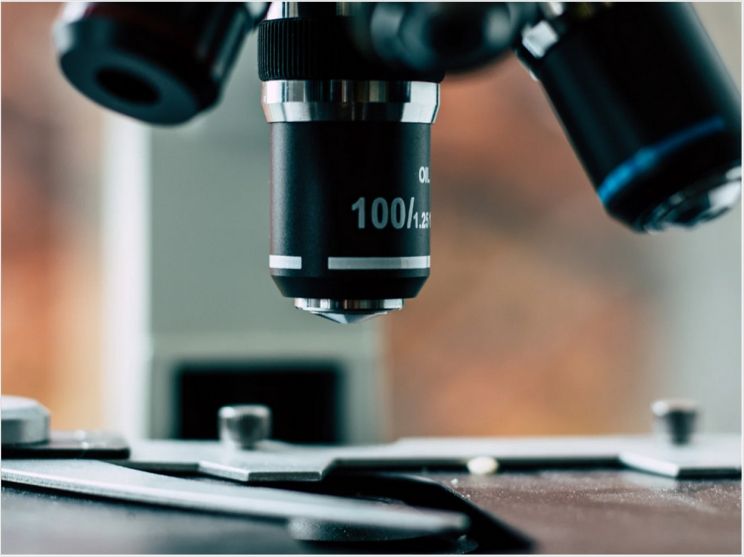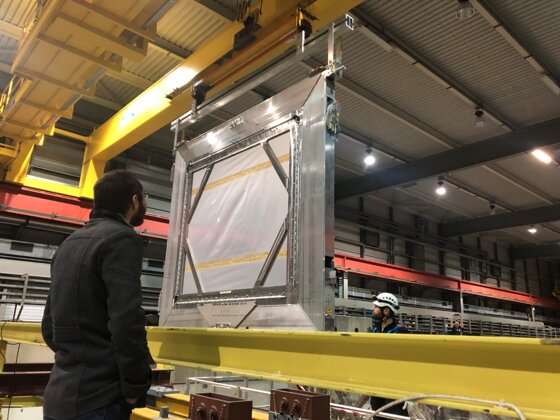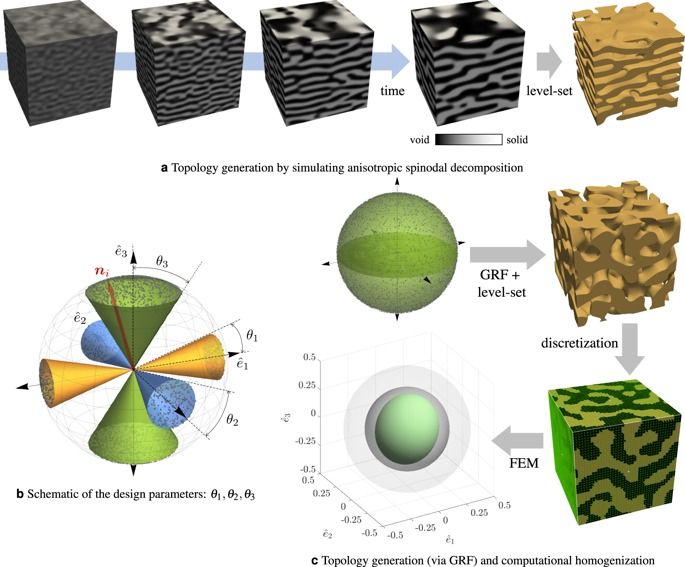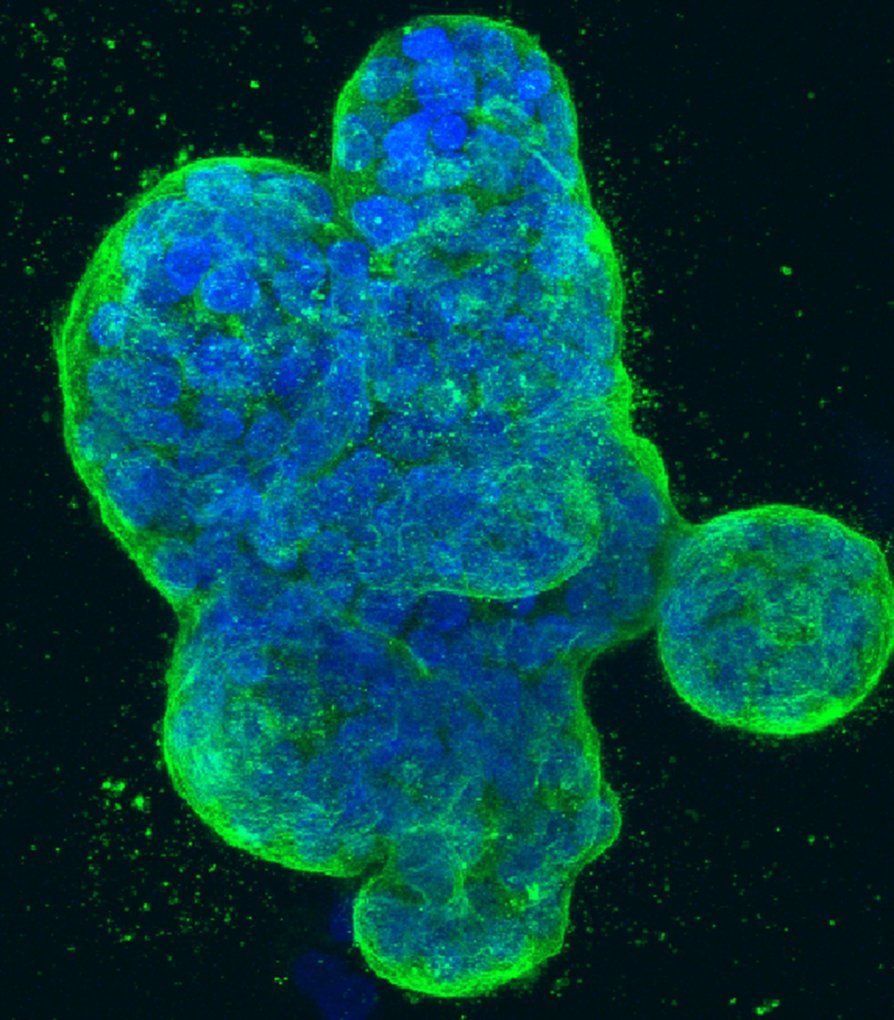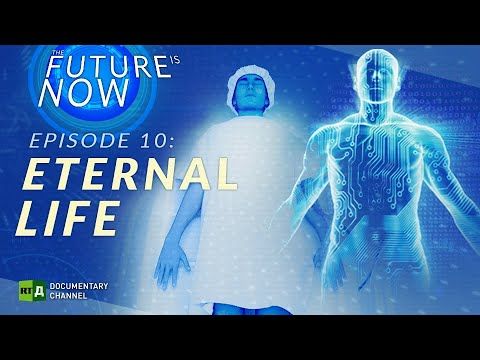Jun 6, 2020
Rapamycin Fights Gum Disease and Spurs Bone Growth in Older Mice
Posted by Omuterema Akhahenda in categories: biotech/medical, life extension
Rapamycin, a drug that has life-extending effects on mice (and possibly dogs and humans), also reverses age-related dental problems in mice. 🦷 Out now in eLife from researchers at The University of Washington School of Dentistry & JAX’s Kaczorowski Lab:
Rapamycin, which has life-extending effects on mice, also reverses age-related dental problems such as periodontitis and regrows bones in the animals.
